Another day, another rush hour. I use the BTS every day to get to and from work, and many more times throughout the week to visit friends, move across town and even take my bike from point A to a little bit closer to point B where the bike ride will start. I’d say about 98% of the time the ride is pleasant, fast and hassle free. Yeah, it can be crowded, but what major city doesn’t have a crowded mass transit system? Tokyo’s is arguably the best in the world, and their train cars are busting at the seams. However, there comes a point when the issue of safety starts to creep into boring ol’ issues like crowding and late trains, and Bangkok’s BTS is now seeing that more and more often. Steps are being taken to address the safety issue, but will it be enough?
I’ve written about it before, but the two main problems with the train at rush hour is the horrible ticketing system and insufficient space to handle the crowds (especially at popular hub stations like Asok and Siam). If you don’t have a stored-credit pass the you have to line up three times: once to get change, once to buy the ticket from a machine with the change, and once to go through the turnstiles. As you can imagine, at rush hour this means three lines, which twist and turn through and around each other making for a crowded, sweaty transit experience.
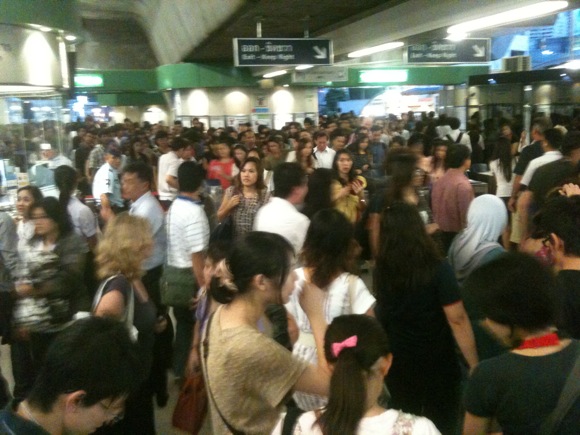
Fill in the blank: Clusterf_____
This is what I’m talking about. Thank God Thais generally smell nice.But it’s when you get up on the platform during times like these when things can get pretty dangerous. Indeed, just the other day a woman fainted and fell onto the tracks, although the article does say she did so when hurrying to get a spot to board the train, so maybe she was running. Either way, on the train level there’s just no way around it – the platforms are too narrow to handle rush hour crowds; all it would take is one person to push or trip or faint, and they could end up pushing a handful of people over the edge.
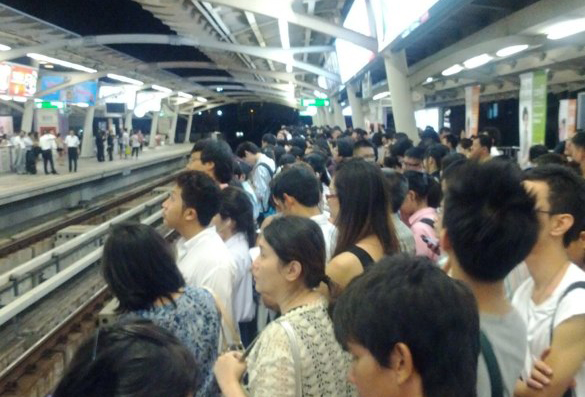
In fact, a few weeks ago during one such over-crowded rush hour, I managed to get some video of the train pulling in to the station. You can see how close it is – really too close to have that many people just standing there.
The obvious answer is to put more cars on each train or increase the frequency of arrivals, but apparently that’s too difficult to do for some reason. In its place, barriers like these ones below have been spotted in several stations around town, although it was months ago that the below picture was taken and I haven’t seen anything since. So we know the powers that be are aware of the problem – the question is now is when these barriers will go up? That doesn’t solve the problem of overcrowding, obviously, but at least it’s a start.
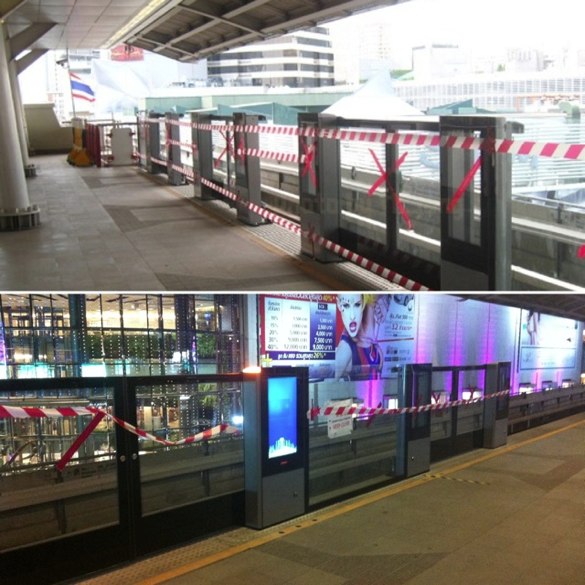
You could still conk your head something fierce! /via @RichardBarrow


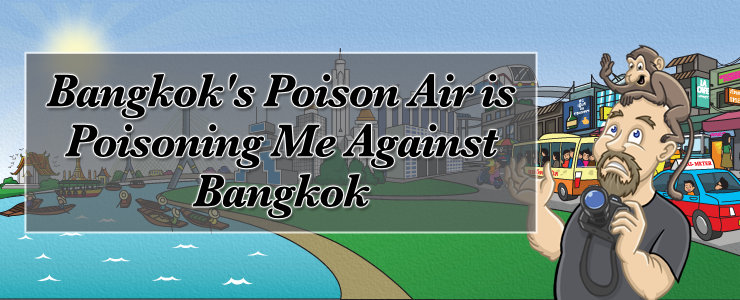
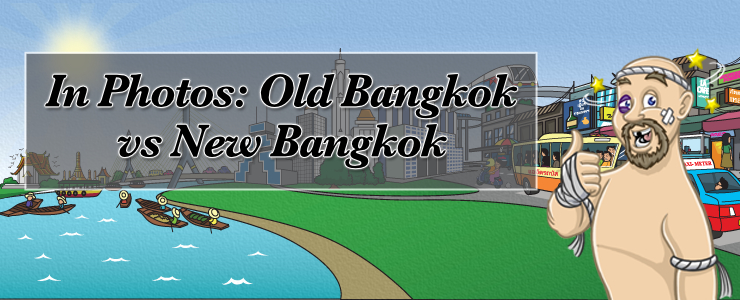
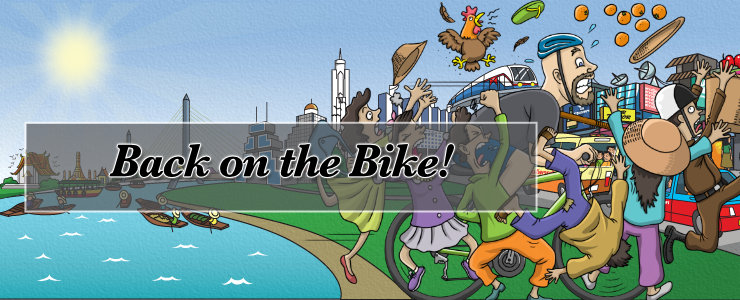
Agreed. It's an accident waiting to happen. I'd like to know what the policy is when there are delays and malfunctions on the Silom line – trains don't run, but there is a massive flow of passengers still coming up to the platform.
Also, platforms should be numbered — Platform 1, Platform 2 and clearly labelled as such. At the moment at Surasak when there is a problem and passengers have to switch platforms, the loudspeaker instructions are to go to the "opposite platform". The passengers on that opposite platform are getting the same message. What could possibly go wrong?
At peak times, they should have 'train ticket conductors' with mobile ticket dispensers walking the lines issuing tickets.
Oh, yeh almost forgot. Although it's going to hit your pocket Mr BTS, you need to move out many of those commercial coffee/juice/ice cream/pastry stalls blocking passenger walkways – otherwise folks are going to get obstructed and trampled when there's an incident. .
Not really on topic but has the maximum fair for the BTS dropped from what it originally was? I was first in Bangkok in 2007 and I thought I paid 60 baht for a fair from the northern most station in Bangkok to the center. Now I think it is 40 baht. Is the BTS the one thing in Bangkok that is cheaper than 5 years ago?
Another safety issue is the noise. They have so many tv's and speakers at some stations that you can't hear anything. If an emergency did happen and an officer had to give instructions, they wouldn't be heard.
Thais are very good at coping but rank right at the bottom for planning. A 10 year old could have forecasted the increase in riders when the new extensions opened and yet the BTS Group decides to order more trains with a 30+ month lead time around 10 months before the new stations opened. The poor planning most definitely spills over to the riders as well who insanely purchase single trip tickets on a frequent basis. Buy a stored value card with a couple of hundred baht and be done with 2 of the 3 lines. Another stellar article GTD.
Hi Ken,
As the locals say "You think too much"
😉
@Keith, I think the maximum is 45 baht now from end to end, EXCEPT if you want to ride the extension out to Bearing, which costs an extra 15 baht because the extension is managed by another company. Brilliant.
@Richard, good point, those stupid commercials are hard to drown out.
@Jay, yeah, riding the train without a card is a nightmare – avoid at all costs!"
Most Tokyo train stations aren’t crowded most of the time. So it’s very easy to avoid overcrowding. Not so in Bangkok where you never know what you’re going to get. Tokyo is the biggest city in the world with maybe the most used train system anywhere, and it’s never nearly as bad as the BTS and MRT. Comparing Tokyo and Bangkok is like comparing filet mignon and hamburger.
Yeah, they sure know how to run a train system in Japan!